I was mesmerized by ghost stories when I was growing up. Once I exhausted the supply of ghost books from the library system, I turned to the Internet to feed my fascination. One location seemed to come up often: the Octagon House in Washington, D.C.
The story was the the building’s first owner, Colonel John Tayloe III, was a tyrant who killed not one but two of his daughters by shoving them to their deaths from the home’s grand central staircase. The building is also supposedly haunted by ringing bells, a man in black, and a lilac-loving Dolley Madison, who briefly inhabited the Octagon House with her husband, President James Madison, after the British burned the White House during the War of 1812. Add it up, and the Octagon was often bestowed with the title of most haunted place in D.C.–no small feat considering the White House is a few blocks to the east.
I recently relocated from Florida to the Washington, D.C., area, so on my first foray in the city it was only fitting that my first stop be the Octagon House. The building, designed by U.S Capitol architect William Thornton and completed in 1801, is owned by the American Institute of Architects and open for free, self-guided tours from 1 to 4 on Thursdays through Saturdays.
The Octagon’s surroundings have changed quite a bit since it was completed in 1801. Then it was a castle in the newly born city. Today, it’s ancient compared to the modern glass, steel, and concrete office buildings nearby. The AIA headquarters are just behind the Octagon, and the concrete hunk of a building appears about ready to eat the much smaller Octagon House.
The Octagon House does not appear as its name implies. Yes, it does have eight sides, but they’re not equilateral. It’s still a unique example of Federal style architecture. Its importance was recognized long ago as evidenced by the AIA’s purchase of the building in 1902. Now open as a house museum, the interior is sparsely furnished so as to not detract from the restored elements. I read some of the wordy laminated sheets available in each room, but I would like to go back for a guided tour, available for $10 outside of open hours.
Oh, and about that whole Tayloe was a daughter murderer story? Completely unfounded. He did have seven daughters, but none died at the house. The AIA actively tries to set the record straight, but it’s hard to quash a story that is more than 100 years old. No word on the validity of the other reported hauntings.
Links
http://www.aia.org/conferences/the-octagon
http://www.nps.gov/nr/travel/wash/dc22.htm
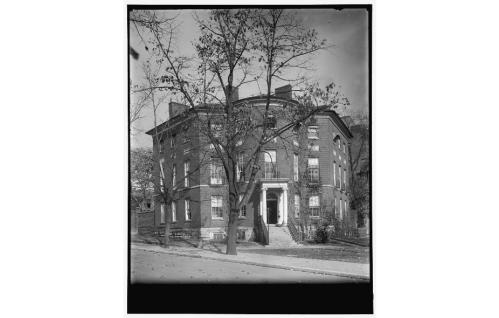
Early 1900s view. Courtesy Harris & Ewing Collection (Library of Congress)
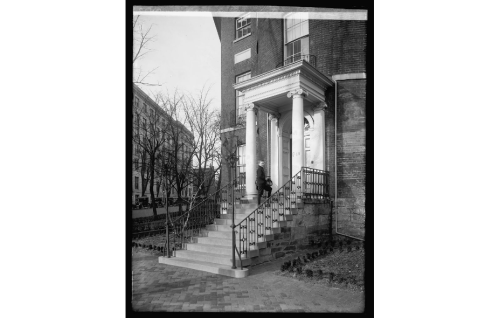
Boy on stairs ca. 1920. Courtesy National Photo Company Collection (Library of Congress)
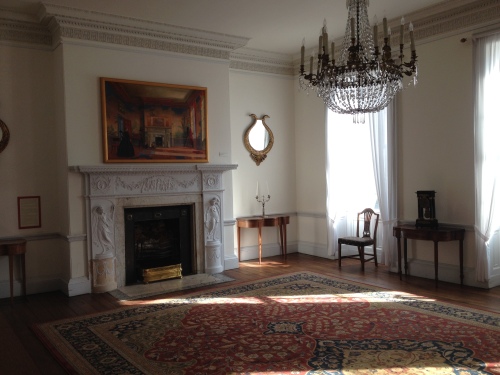
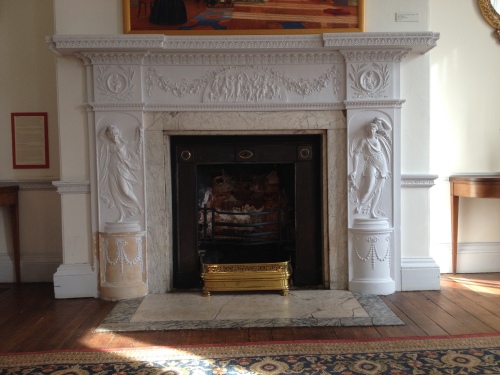
Incredible carved fireplace.




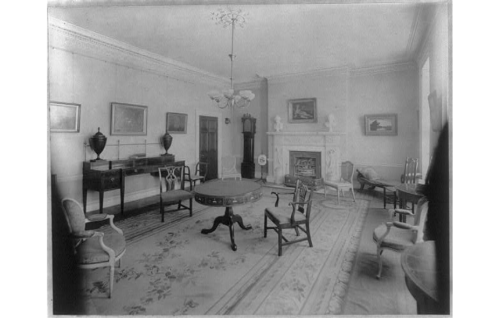

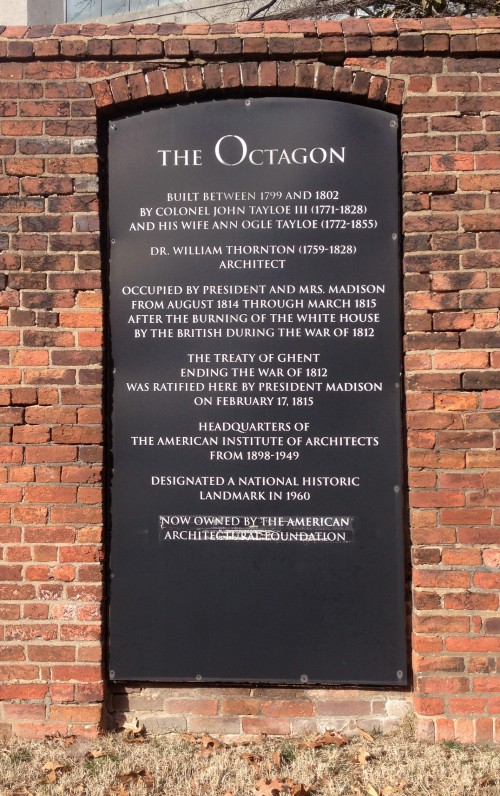
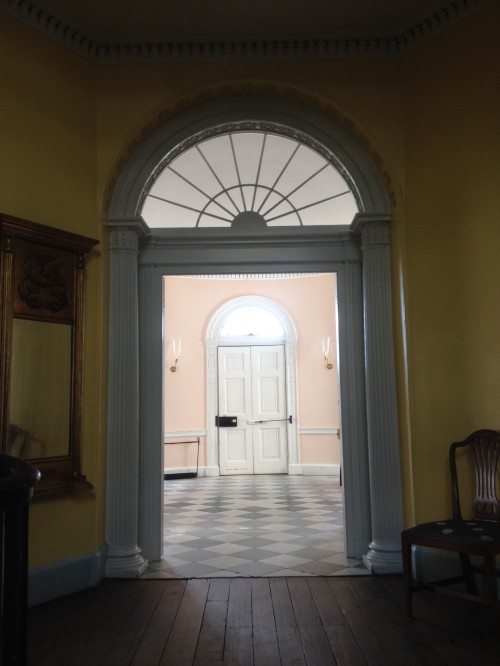
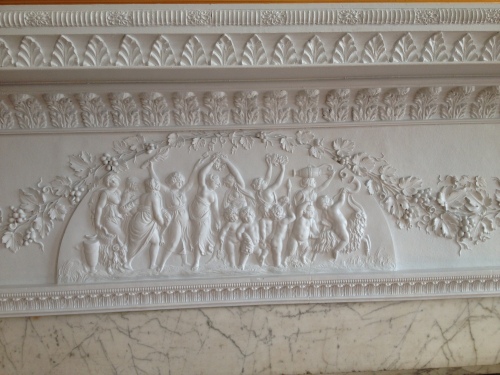

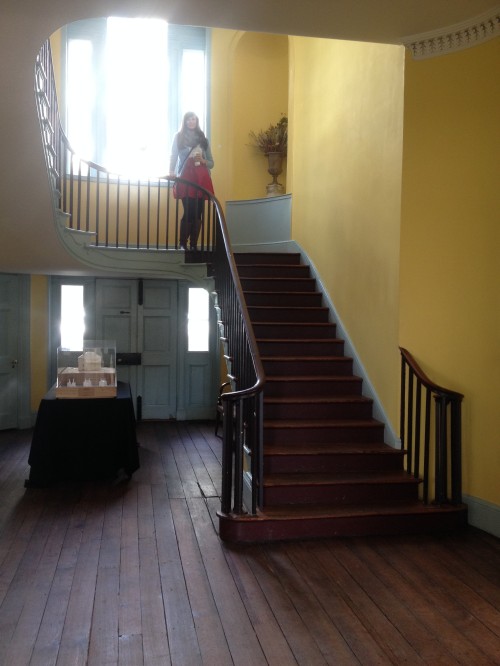




Pingback: Six-Year Anniversary | Gator Preservationist